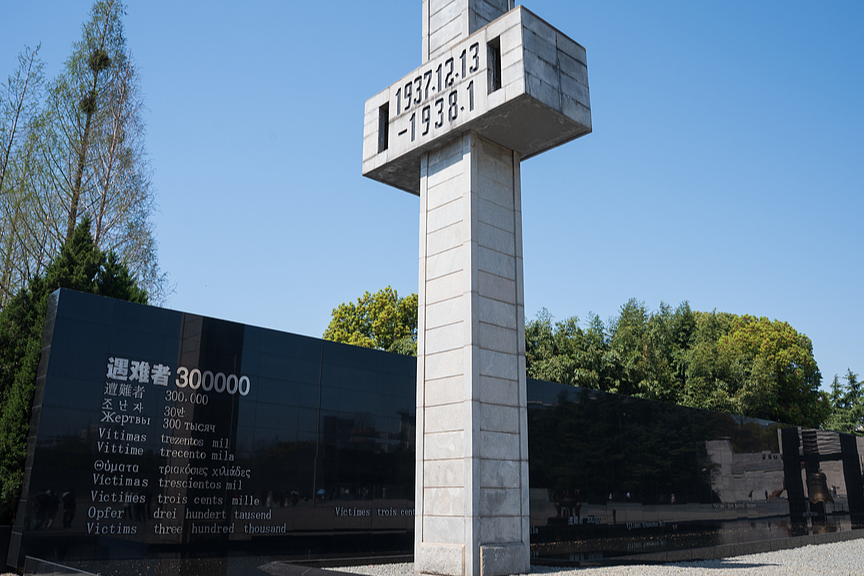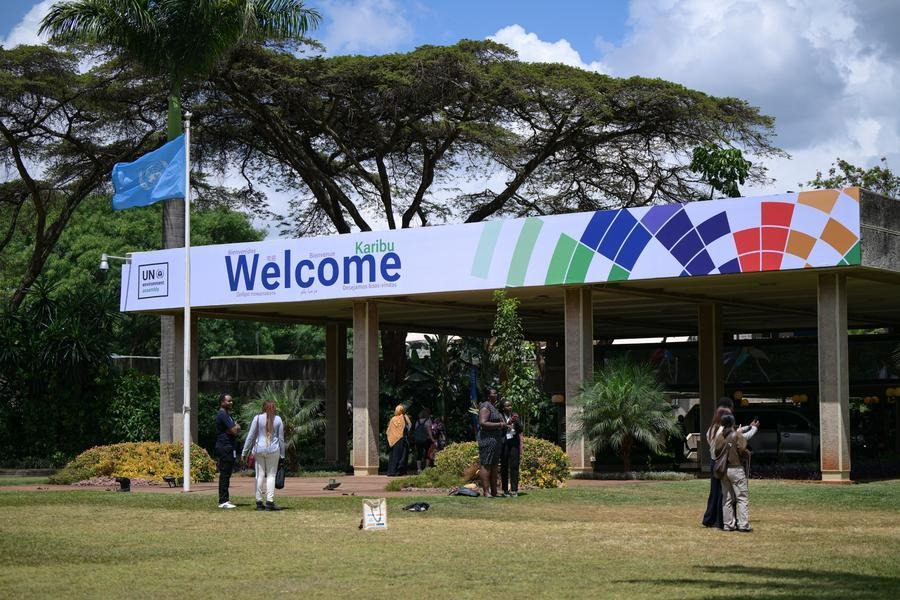Comparing forbidden cities
By Wang Kaihao | China Daily | Updated: 2020-07-23 07:47

Unfulfilled ambitions
Zhu Yuanzhang's ambitious project of turning his hometown into a national capital was never realized.
According to History of Ming, the official historical record compiled during the Qing Dynasty, the emperor once "sat in the palace", indicating some structures were completed and even put to use, but it's unknown whether or not the "No 1 Palace" was finished.
Nevertheless, the emperor changed his mind and eventually halted the construction of Zhongdu in 1375. A common explanation is that the construction was too expensive.
A hint to this may be the 2.7-meter side lengths of three granite cornerstones supporting pillars, which makes them the largest pillar cornerstones ever found in China, according to Wang, the researcher.
By comparison, the side lengths of the largest known pillar cornerstones in the Forbidden City are 1.6 meters.
"Pillar-cornerstone sizes determine the sizes of the entire structures," Yang Xincheng, an ancient architecture researcher with the Palace Museum, says during a visit to the Zhongdu site.
"And the decorative reliefs on foundations and railings in Zhongdu look more complicated than in Beijing. A glimpse is enough to predict that the city could have been more extravagant than the Forbidden City if its construction was completed."
When the emperor returned to Fengyang and inspected the construction site of his future palatial city, he had second thoughts, Yang says, citing Ming Shilu. It's estimated over 1 million people participated in Zhongdu's construction.
"Zhu Yuanzhang used to be poor, and he once mentioned that he tried to distance himself from ostentatiousness," Yang says.
























